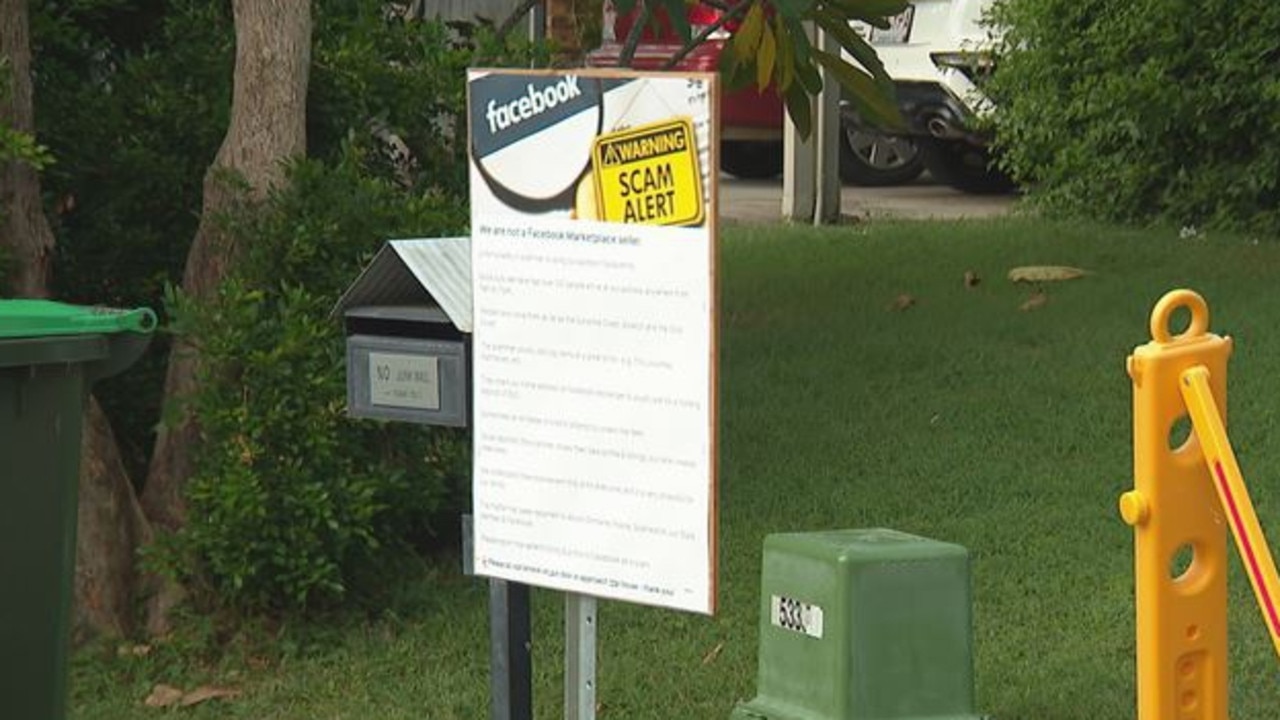Retailers worried following no change in sales data for July as Aussies resist spending
Retailers are worried they face a tough Christmas trading period, as Australians continue to resist spending up during a cost-of-living crisis.

Retail
Don't miss out on the headlines from Retail. Followed categories will be added to My News.
Retailers are fearing a grim Christmas after new figures showed spending “flatlining” as Australians contend with high interest rates and the cost-of-living crisis.
Economists had expected a 0.3 per cent rise after growth of 0.5 per cent in both June and May.
But instead the Australian Bureau of Statistics reported retail trade for July was unchanged at 0.0 per cent for an increase for the year since July 2023 of 2.3 per cent.
National Retail Association interim chief executive Lindsay Carroll said Friday’s trade figures were worrisome, given Australia’s strong population growth, and may not recover in time for the busiest retail season of the year.
“The industry is at the mercy of consumer sentiment; that’s just the nature of retail,”
Ms Carroll said.
“We need policymakers to loosen the reins somewhere or we’re in for a tough Christmas trading period.


“We have two more Reserve Bank meetings before we head into the biggest retail trading season of the year, so for business owners, the apprehension of another interest rate rise has them gripping every sale they make.”
RBA governor Michele Bullock said the board was unlikely to cut the official cash rate from 4.35 per cent this year, as inflation remained above the target range of 2-3 per cent.
Inflation is at 3.8 per cent for the year, down from a high of 7.8 per cent in December 2022.
Ms Carroll said retailers – especially small businesses – were struggling and some may have to go out of business.
“Today’s ABS data is also an indicator that consumers are chasing bargains, but this comes at a heavy cost to retailers,” she said.
“Most smaller retailers cannot afford to rely on heavy discounting strategies to get by, and it is inevitably these businesses that exit the market.
“We call on policymakers to create a more supportive environment for Australian businesses, one that’s fit for investment and one with a future for aspiring retail owners.”

ABS head of retail statistics Ben Dorber also pointed to the importance of sales for the recent figures.
“After rises in the past two months boosted by mid-year sales activity, the higher level of retail turnover was maintained in July,” Mr Dorber said.
Results were mixed across the industries, with most recording a fall or flat result following rises in June.
Clothing, footwear and personal accessory retailing (-0.5 per cent) had the largest fall, followed by department stores (-0.4 per cent) and cafes, restaurants and takeaway food services (-0.2 per cent).

Household goods retailing and other retailing were both unchanged (0.0 per cent).
“The fall in turnover for clothing and footwear retailers and department stores came after higher spending during recent mid-year sales events,” Mr Dorber said.
“Household goods retailers held onto large gains in turnover in recent months.”
The only industry that rose in July was food retailing (0.2 per cent).
Oxford Economics head of macroeconomic forecasting Sean Langcake said the flat results was “a relatively strong outcome”.
“These data are the first read we have on household spending since income tax cuts came into effect on 1 July,” he said.

“The slightly stronger-than-expected result has likely been boosted in part by the increase in disposable income tax cuts have delivered.”
Mr Langcake predicted Australians would start spending more in the coming months.
“We expect momentum in consumer spending will improve over the second half of the year as real wage growth improves further and tax cuts ease pressure on household budgets, but growth will still be relatively subdued,” he said.
Western Australia was the standout performer for retail spending, with turnover up 0.2 per cent in July and 4.6 per cent compared with a year ago.
Nationally, retail trade has grown 2.3 per cent over the past year.
More Coverage
Originally published as Retailers worried following no change in sales data for July as Aussies resist spending




